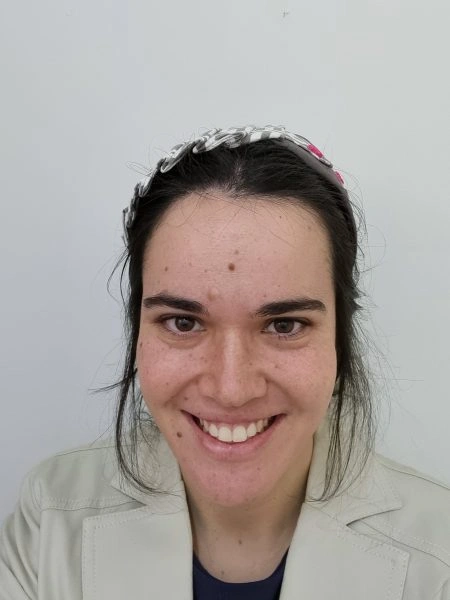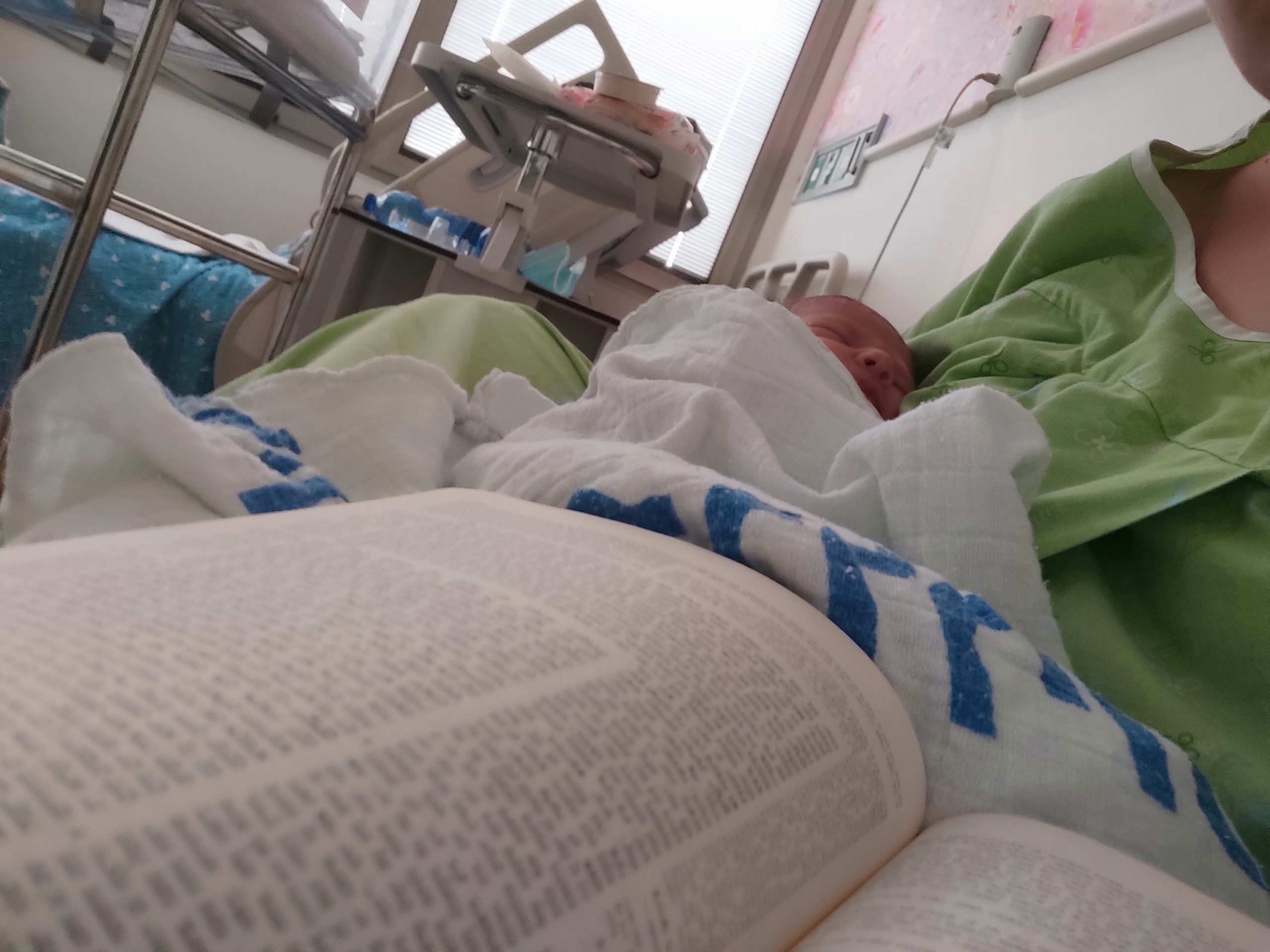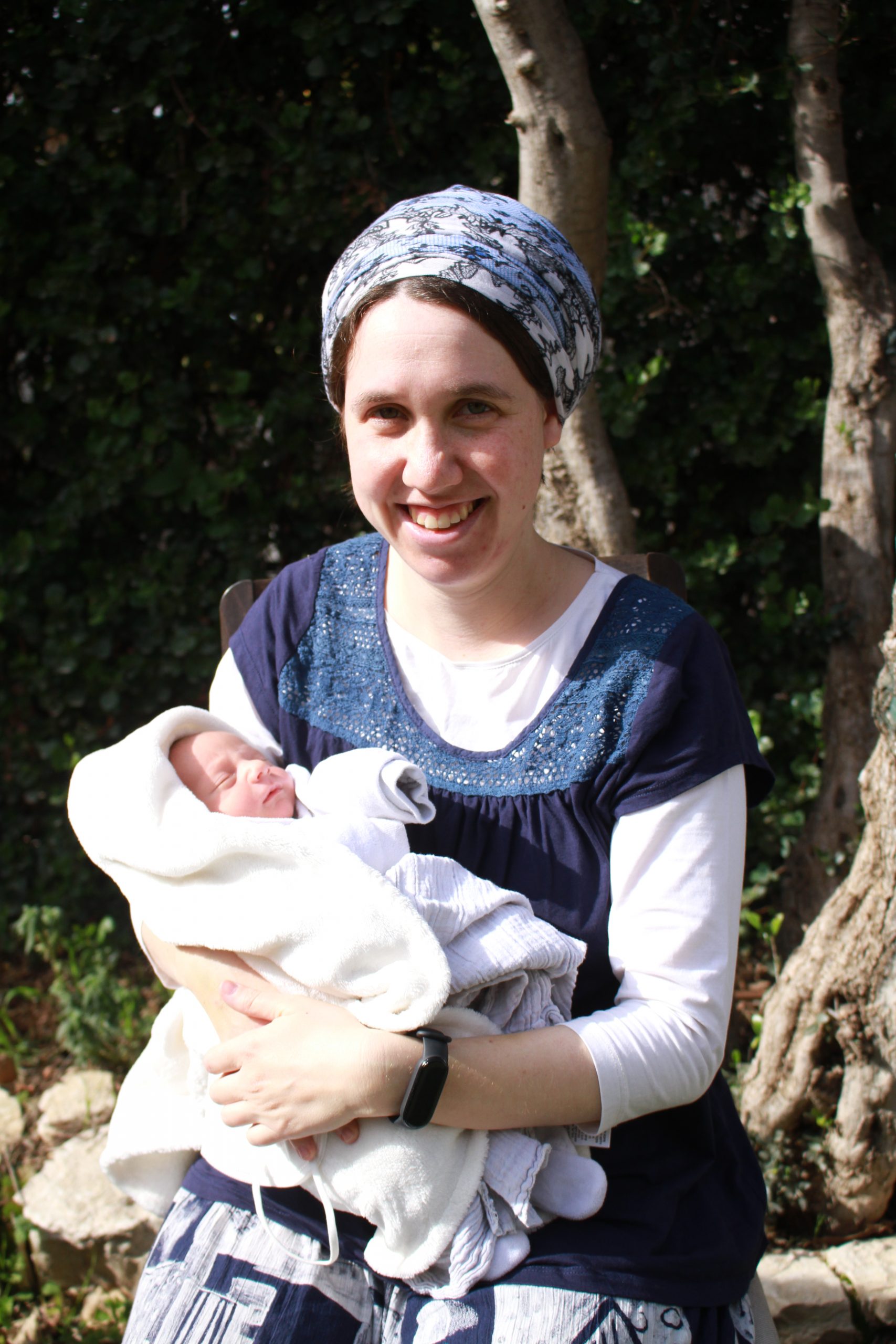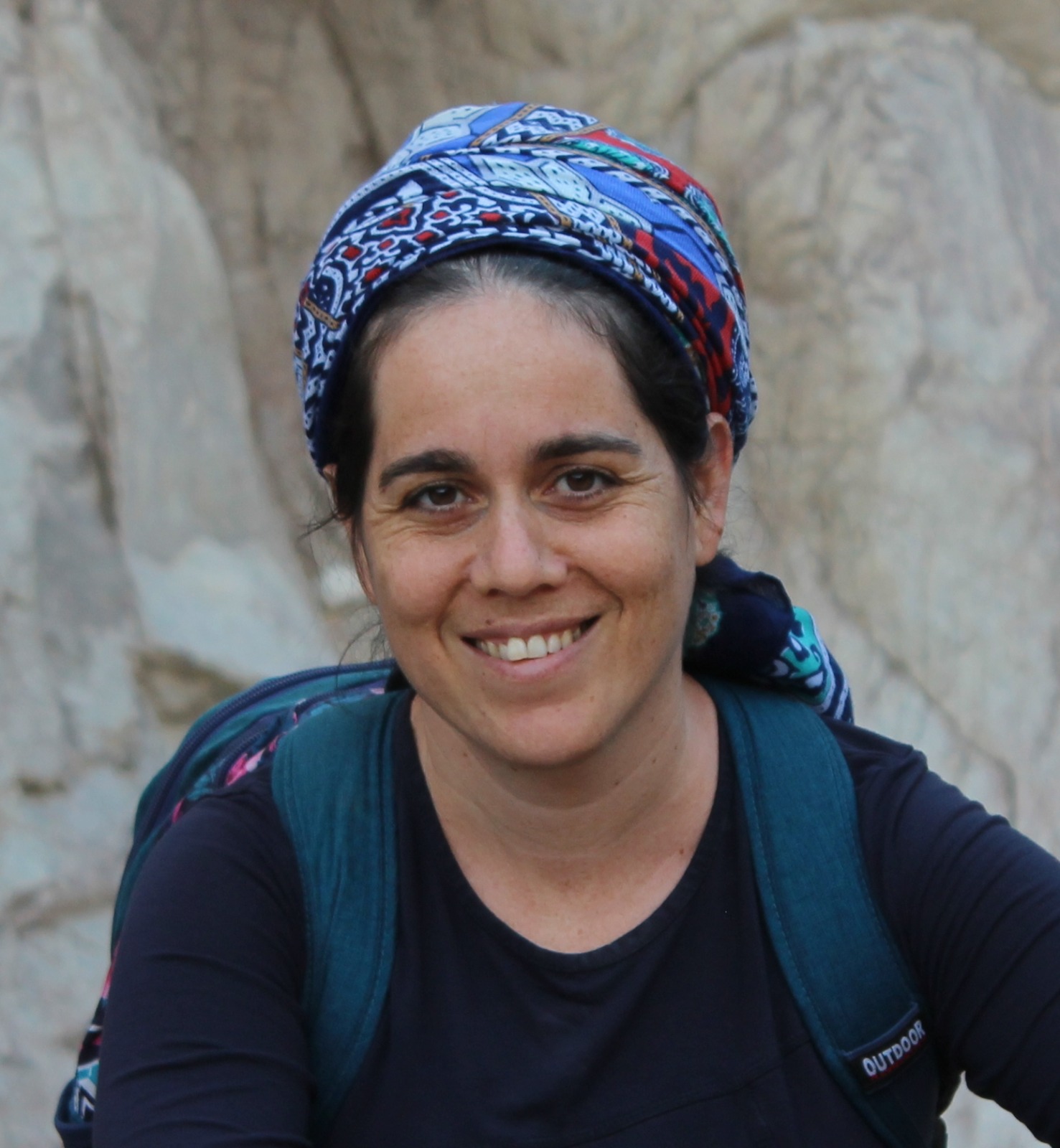יש דו שיח בין אמימר לרב אשי ויש שתי גירסאות של הדו שיח שמבוססות על התשובה לשאלה האם טריפה יולדת. דנים בכמה עניינים לגבי שרצים. האם זה נחשב טריפה אם חסר אבר או יש אחד נוסף? דיון בשיטת ר’ יהודה לגבי הנוצה. באיזה מקרה בהמה מסוכנת אבל אינה טריפה? באיזה מקרים במה טריפה אבל אסור באכילה משום מכנה?
לימוד השבוע מוקדש ע”י טינה לם לע”נ יצחק מאיר בן הרב צבי אריה ואסתר בתיה.
רוצים להקדיש למידה? התחל כאן:
לימוד השבוע מוקדש ע”י טינה לם לע”נ יצחק מאיר בן הרב צבי אריה ואסתר בתיה.
העמקה
רוצה להבין מה באמת קורה מתחת לפני השטח של הסוגיה?
שיעורים, פודקאסטים והרחבות של מיטב המורות שלנו יפתחו לך עוד זוויות וכיווני חשיבה.
חדשה בלימוד הגמרא?
זה הדף הראשון שלך? איזו התרגשות עצומה! יש לנו בדיוק את התכנים והכלים שיעזרו לך לעשות את הצעדים הראשונים ללמידה בקצב וברמה שלך, כך תוכלי להרגיש בנוח גם בתוך הסוגיות המורכבות ומאתגרות.
פסיפס הלומדות שלנו
גלי את קהילת הלומדות שלנו, מגוון נשים, רקעים וסיפורים. כולן חלק מתנועה ומסע מרגש ועוצמתי.
חולין נח
שיחלא קמא אסירא מכאן ואילך הוה ליה זה וזה גורם ומותר
the first clutch [shiḥala] of eggs that were in its body at the time it was rendered a tereifa is prohibited for consumption, because these eggs are considered part of the bird and were therefore rendered tereifa along with it. But as for any egg fertilized from this point forward, it is a case where both this and that cause it, i.e., a tereifa female and a kosher male, and as a rule, when permitted and prohibited causes operate together, the joint result is permitted.
איתיביה רב אשי לאמימר ושוין בביצת טריפה שאסורה מפני שגדלה באיסור התם בדספנא מארעא
Rav raised an objection to Ameimar from a mishna (Eduyyot 5:1): And all agree with regard to the egg of a tereifa bird that it is prohibited for consumption, because it grew in a state of prohibition. Evidently, even eggs created after the bird was rendered a tereifa are prohibited. Ameimar said to him: There, the mishna is dealing with a bird that is heated by the earth, i.e., that was not fertilized by a male, and the female tereifa is therefore the sole source of the egg.
ולישני ליה בשיחלא קמא אם כן גדלה גמרה מיבעי ליה
The Gemara objects: And let Ameimar answer differently, that the mishna is dealing with the first clutch of eggs, which were part of the mother’s body when it became a tereifa. The Gemara responds: If this was so, why does the mishna state: Because it grew in a state of prohibition? The mishna should have stated: Because it was finished in a state of prohibition.
אלא הא דתנן ולד טרפה ר’ אליעזר אומר לא יקרב לגבי מזבח ור’ יהושע אומר יקרב במאי קא מיפלגי בשנטרפה ולבסוף עיברה ר’ אליעזר סבר זה וזה גורם אסור ורבי יהושע סבר זה וזה גורם מותר אי הכי אדמיפלגי לגבוה ליפלגו להדיוט
The Gemara objects: But if the offspring in the womb of an animal becomes a tereifa along with it, then that which we learned in a baraita is difficult: With regard to the offspring of a tereifa, Rabbi Eliezer says that it shall not be sacrificed on the altar, and Rabbi Yehoshua says that it may be sacrificed. With regard to what case do they disagree? It must be with regard to a case where the mother animal was rendered a tereifa and afterward became pregnant from a kosher male, and Rabbi Eliezer holds: In a case where this and that cause it, it is prohibited, and Rabbi Yehoshua holds: In a case where this and that cause it, it is permitted. But if so, rather than disputing whether it is permitted to sacrifice such offspring to the Most High, let them disagree concerning the more basic issue of whether the offspring is permitted to an ordinary person for consumption.
להודיעך כחו דר’ יהושע דאפילו לגבוה נמי שרי
The Gemara responds: The dispute addresses the question of whether it is permitted to sacrifice the animal as an offering in order to convey to you the far-reaching nature of the lenient opinion of Rabbi Yehoshua, that such an animal is permitted even as an offering to the Most High.
וליפלגו להדיוט להודיעך כחו דרבי אליעזר דאפילו להדיוט נמי אסור כח דהיתרא עדיף ליה
The Gemara challenges: But let them disagree concerning whether the animal is permitted to an ordinary person in order to convey to you the far-reaching nature of the stringent opinion of Rabbi Eliezer, that such an animal is prohibited even to an ordinary person. The Gemara responds: It is preferable for the tanna to emphasize the power of leniency.
ומודים בביצת טרפה שאסורה בדספנא מארעא דחד גורם הוא
The Gemara concludes: Since Rabbi Eliezer and Rabbi Yehoshua disagree with regard to an offspring brought about by two causes, it follows that when the mishna states: And they concede with regard to the egg of a tereifa bird that it is prohibited for consumption, this is referring to a bird that is heated by the earth and was not fertilized by a male, so that there is only one cause, the tereifa mother bird.
רב אחא סבר לה כרב אחא בר יעקב ומתני לה לדאמימר כדאמרן
The Gemara notes: Rav Aḥa holds in accordance with the opinion of Rav Aḥa bar Ya’akov, who said at the end of the previous amud that a tereifa animal can be capable of giving birth, and similarly a tereifa bird can be capable of laying eggs as well, and he therefore teaches the statement of Ameimar as we have said, that any egg fertilized after the bird became a tereifa is permitted.
רבינא לא סבר לה כדרב אחא בר יעקב ומתני לה לדאמימר בהאי לישנא אמר אמימר הני ביעי דספק טרפה דשיחלא קמא משהינן להו אי הדרה וטענה שריין ואי לא אסירן
But Ravina does not hold in accordance with the opinion of Rav Aḥa bar Ya’akov. Rather, he holds that a tereifa cannot produce eggs or give birth. And he therefore teaches the statement of Ameimar in this formulation: Ameimar said that with regard to these eggs of a bird concerning which it is uncertain whether it is a tereifa, the halakha is as follows: We leave aside the first clutch of eggs. If the bird produces eggs again, the first eggs are permitted for consumption, because the bird is certainly not a tereifa. And if not, they are prohibited, because they were considered part of the bird when it was rendered a tereifa.
איתיביה רב אשי לאמימר ומודים בביצת טרפה שאסורה מפני שגדלה באיסור אמר ליה התם בדשיחלא קמא אם כן גדלה גמרה מבעי ליה תני גמרה
Rav Ashi raised an objection to Ameimar from a mishna (Eduyyot 5:1): And they concede with regard to the egg of a tereifa bird that it is prohibited for consumption, because it grew in a state of prohibition. Evidently, a tereifa bird can produce eggs. Ameimar said to him: The mishna there deals with the first clutch of eggs, which existed before the bird became a tereifa. Rav Ashi asks: If so, why does the mishna state: Because it grew in a state of prohibition? The mishna should have stated: Because it was finished in a state of prohibition. Ameimar responded: Teach an emended version of the mishna: Because it was finished in a state of prohibition.
אלא הא דתנן ולד טרפה ר’ אליעזר אומר לא יקרב לגבי מזבח ר’ יהושע אומר יקרב במאי קא מיפלגי כשעיברה ולבסוף נטרפה רבי אליעזר סבר עובר ירך אמו הוא ור’ יהושע סבר עובר לאו ירך אמו הוא אי הכי אדמיפלגי לגבוה ליפלגו להדיוט
Rav Ashi asks: But if a tereifa cannot become pregnant, that which we learned in a baraita is difficult: With regard to the offspring of a tereifa, Rabbi Eliezer says that it shall not be sacrificed on the altar, and Rabbi Yehoshua says that it may be sacrificed. With regard to what case do they disagree? It must be with regard to a case where the mother animal became pregnant and only afterward was rendered a tereifa. Rabbi Eliezer holds that a fetus is considered like the thigh of its mother and is rendered a tereifa as part of its body, and Rabbi Yehoshua holds that a fetus is not considered like the thigh of its mother. The Gemara objects: But if so, rather than disputing whether it is permitted to sacrifice such offspring to the Most High, let them dispute the more basic issue of whether the offspring is permitted to an ordinary person for consumption.
להודיעך כחו דרבי יהושע וליפלגו בהדיוט להודיעך כחו דרבי אליעזר כח דהיתירא עדיף ליה
The Gemara responds: The mishna discusses the question of whether it is permitted to sacrifice the animal as an offering in order to convey to you the far-reaching nature of the lenient opinion of Rabbi Yehoshua that such an animal is permitted even as an offering to the Most High. The Gemara suggests: But let them dispute whether the animal is permitted to an ordinary person, in order to convey to you the far-reaching nature of the stringent opinion of Rabbi Eliezer that such an animal is prohibited even to an ordinary person. The Gemara responds: It is preferable for the tanna to emphasize the power of leniency.
ומודים ודאי בביצת טריפה שאסורה בדשיחלא קמא מאי טעמא גופה היא
The Gemara concludes: According to this explanation, when the mishna states: And they certainly concede with regard to the egg of a tereifa bird that it is prohibited for consumption, it is dealing with the first clutch of eggs in the bird’s oviduct at the time it becomes a tereifa. Even Rabbi Yehoshua, who holds that the fetus of an animal is not considered like the thigh of its mother, concedes that a bird’s egg is rendered a tereifa along with it. What is the reason for this? Rabbi Yehoshua holds that an egg is a true part of its body.
והלכתא בזכר כל שנים עשר חדש בנקבה כל שאינה יולדת
The Gemara rules: And with regard to an animal concerning which it is uncertain whether it is a tereifa, the halakha is: In the case of a male, it is prohibited for an entire twelve-month period. After that point, the animal is certainly kosher. In the case of a female, any animal that does not give birth is prohibited. Once it has, it is certainly kosher.
אמר רב הונא כל בריה שאין בו עצם אינו מתקיים י”ב חדש אמר רב פפא שמע מינה מדרב הונא הא דאמר שמואל קישות שהתליע באיביה אסורה
§ Rav Huna says: Any creature that has no bones cannot last twelve months. Rav Pappa said: One may learn from Rav Huna’s statement about that which Shmuel says: If a serpent melon became infested by worms while attached to the ground [be’ibbeha], the worm is prohibited for consumption, in accordance with the verse: “And every swarming thing that swarms upon the earth is a detestable thing; it shall not be eaten” (Leviticus 11:41).
הני תמרי דכדא לבתר תריסר ירחי שתא שריין
These dates stored in a jar are permitted after remaining there for twelve months of the year. Since worms have no bones, they cannot last twelve months. Consequently, any worms found in the dates must have hatched after they were picked and are therefore permitted.
אמר רב לית בקא בר יומא ולית דידבא בת שתא
Rav says: There is no one-day-old mosquito, since all mosquitoes die before they have lived a day. And there is no one-year-old fly.
אמר ליה רב פפא לאביי והא אמרי אינשי שב שני אימרא בקתא מבקא דאמרה ליה חזיתיה לבר מחוזא דסחא במיא וסליק ואיכרך בסדינין ואותיבת עליה ומצת מיניה ולא הודעת לי א”ל וליטעמיך הא דאמרי אינשי שיתין מני פרזלא תלו ליה לבקא בקורנסיה מי איכא איהו גופיה כמה הוי אלא במני דידהו הכא נמי בשני דידהו
Rav Pappa said to Abaye: But isn’t there the adage that people say that the female mosquito revolted against the male mosquito seven years, since she said to him: I saw a townsman swimming in the water, and he came out and wrapped himself in sheets, and you sat on him and sucked blood from him, and you did not inform me? Apparently, some boneless creatures can survive at least seven years. Abaye said to him: And according to your reasoning, what about that adage that people say: Six thousand iron dinars hang in a mosquito’s mallet, i.e., its bite is powerful? Is there really such a thing? How much does the mosquito itself weigh? Rather, the saying must be referring to hundreds of their own dinars, i.e., the mosquitoes’ coins. Here, too, the adage is referring to their own years, not human years.
תנן התם בהמה בעלת ה’ רגלים או שאין לה אלא שלש ה”ז מום אמר רב הונא לא שנו אלא שחסר ויתר ביד אבל חסר ויתר ברגל טרפה נמי הויא מאי טעמא כל יתר כנטול דמי
§ We learned in a mishna elsewhere (Bekhorot 40a): With regard to an animal with five legs, or one that has only three, this is a blemish, and the animal may not be brought as an offering. Rav Huna said: They taught this halakha only in a case where the animal was missing or had an additional foreleg. But if it was missing or had an additional hind leg, it is also a tereifa. What is the reason? It is that any extra limb is considered like a removed limb. An animal whose foreleg was removed is kosher, but if its hind leg was removed it is a tereifa; the same applies if it had an extra leg.
ההיא חיותא דהוה לה תרתי סניא דיבי אייתוה לרבינא וטרפה מדרב הונא ואי שפכן להדדי כשרה
The Gemara recounts the case of a certain animal that had two ceca. They brought it to Ravina, and he deemed it a tereifa based on the statement of Rav Huna that an extra limb is like a missing limb. Since an animal missing a cecum is a tereifa, an animal with an extra cecum is likewise a tereifa. The Gemara adds: But if they empty into each other, such that food can move freely between them, the animal is kosher, because they are considered one organ.
ההיא גובתא דהוה נפקא מבי כסי להובלילא סבר רב אשי למיטרפה א”ל רב הונא מר בר חייא לרב אשי כל הני חיוי ברייתא הכי אית להו
The Gemara recounts the case of a certain tube that exited from the reticulum into the omasum. Rav Ashi thought to deem the animal a tereifa. Rav Huna Mar bar Ḥiyya said to Rav Ashi: All animals that dwell outside have tubes like this, and one need not be concerned.
ההוא גובתא דהוה מעברא מבי כסי לכרסא סבר מר בר רב אשי לאכשורה אמר ליה רב אושעיא אטו כולהו בחדא מחיתא מחתינהו היכא דאתמר אתמר היכא דלא אתמר לא אתמר
The Gemara recounts the case of a certain tube that passed from the reticulum to the rumen. Mar bar Rav Ashi thought to deem the animal kosher, as in the above case. Rav Oshaya said to him: Is that to say all such cases are woven in one weave? Where it was stated that such an organ is normal, it was stated; where it was not stated, it was not stated. This animal is a tereifa.
העיד נתן בר שילא רב טבחיא דציפורי לפני רבי על שני בני מעים היוצאין מן הבהמה כאחד שהיא טרפה וכנגדן בעוף כשרה במה דברים אמורים שיוצאין בשני מקומות אבל יוצאין במקום אחד וכלין עד כאצבע כשרה
Natan bar Sheila, head of the butchers of Tzippori, testified before Rabbi Yehuda HaNasi about two intestines that exit the abomasum of the animal as one, that this renders the animal a tereifa. But if this phenomenon occurs likewise in a bird, it is kosher, because it is common in birds. In what case is this statement said, i.e., that two intestines render an animal a tereifa? It is said in a case where they exit at two different points. But if they exit at one point, adjacent to each other, and they end, i.e., they merge into one intestine, within a fingerbreadth, the animal is kosher.
פליגי בה רב אמי ורב אסי חד אמר הוא דהדרי וערבי וחד אמר אע”ג דלא הדרי וערבי
Rav Ami and Rav Asi disagree with regard to this halakha. One says: It is kosher when the two intestines exit at one point only in a case where they subsequently merge into one intestine; and one says: It is kosher even if they do not subsequently merge.
בשלמא למאן דאמר הוא דהדרי וערבי היינו דקתני עד כאצבע אלא למאן דאמר אע”ג דלא הדרי וערבי מאי עד כאצבע עד כאצבע מלמטה:
The Gemara asks: Granted, according to the one who says that it is kosher only in a case where they subsequently merge, this explanation is consistent with that which the baraita teaches: Within a fingerbreadth. That is, the two intestines must merge within a fingerbreadth for the animal to be kosher. But according to the one who says: It is kosher even if they do not subsequently merge, what is the meaning of the phrase: And they end within a fingerbreadth? The Gemara responds: It means within a fingerbreadth below. As long as the intestines merge before the final fingerbreadth near the anus, the animal is kosher.
ר’ יהודה אומר אם ניטלה הנוצה פסולה: אמר רבי יוחנן ר’ יהודה ור’ ישמעאל אמרו דבר אחד ר’ יהודה הא דאמרן ר’ ישמעאל דתנן רבי ישמעאל אומר הנוצה מצטרפת
§ The mishna states: Rabbi Yehuda says: If the down covering its body was removed, it is a tereifa and unfit for consumption, like an animal whose hide was removed. With regard to this, Rabbi Yoḥanan says: Rabbi Yehuda and Rabbi Yishmael said the same thing. Rabbi Yehuda said that which we said here, that the removal of the feathers is like removal of the hide. Rabbi Yishmael agrees, as we learned in a baraita: Rabbi Yishmael says: The down joins the flesh to constitute an olive-bulk for purposes of piggul. If a priest pinches the nape of the neck of a bird with intent to consume a combined olive-bulk of its meat and its down beyond the permitted time, the offering is rendered piggul. Evidently, both Rabbi Yehuda and Rabbi Yishmael agree that the down of a bird is considered like the hide of an animal.
אמר רבא דילמא לא היא עד כאן לא קאמר ר’ יהודה הכא אלא לענין טרפה דליכא מידי דמגין עליה אבל לענין איפגולי כרבנן סבירא ליה ועד כאן לא קאמר רבי ישמעאל התם אלא לענין איפגולי אבל לענין טרפה אגוני לא מגין:
Rava said: Perhaps it is not so, and they disagree. Perhaps Rabbi Yehuda says that the down is like the hide of an animal here only with regard to a tereifa, since when the down is removed, there is nothing that protects the bird, and its life is in danger; but with regard to piggul, he holds in accordance with the opinion of the Rabbis that the down is not treated like the hide of an animal, because piggul applies only if one had intent to consume an item that is normally consumed. And perhaps Rabbi Yishmael says so there only with regard to piggul, since he holds that the down is in fact fit for consumption; but with regard to a tereifa, he holds that the down does not protect the bird, and its removal does not endanger it.
מתני׳ אחוזת הדם והמעושנת והמצוננת ושאכלה הרדופני ושאכלה צואת תרנגולים או ששתת מים הרעים כשרה אכלה סם המות או שהכישה נחש מותרת משום טרפה ואסורה משום סכנת נפשות:
MISHNA: With regard to an animal that is congested with excess blood, or that was smoked, i.e., that suffered from smoke inhalation, or that was chilled and subsequently became sick, or that ate oleander, which is poisonous, or that ate the excrement of chickens, or that drank foul water, although in all these cases the animal is in danger, it is kosher. By contrast, if the animal ate deadly poison, or if a snake bit the animal, with regard to the prohibition of tereifa, consumption of the animal would be permitted, but it is prohibited due to the threat to one’s life if he eats it.
גמ׳ אמר שמואל הלעיטה חלתית טרפה מ”ט דמינקבה להו למעיינה
GEMARA: Shmuel says: If one fed an animal asafoetida, a very sharp plant, it is a tereifa. What is the reason? Since it perforates its intestines.
מתיב רב שיזבי אחוזת הדם והמעושנת ושאכלה הרדופני ושאכלה צואת תרנגולים ושתת מים הרעים הלעיטה תיעה חלתית ופלפלין אכלה סם המות כשרה הכישה נחש או שנשכה כלב שוטה מותרת משום טרפה ואסורה משום סכנת נפשות קשיא חלתית אחלתית קשיא סם המות אסם המות
Rav Sheizvi raises an objection from a baraita: An animal that is congested with excess blood, or that suffered from smoke inhalation, or that ate poisonous oleander, or that ate the excrement of roosters, or that drank foul water, or if one fed it tia, asafoetida, or peppers, or if it ate deadly poison, it is kosher. But if a snake bit the animal, or if a mad dog bit it, with regard to the prohibition of tereifa its consumption is permitted, but it is nevertheless prohibited due to the threat to one’s life. The statement of the baraita concerning an animal that was fed asafoetida poses a difficulty to Shmuel’s statement that asafoetida renders the animal a tereifa, and the statement concerning deadly poison poses a difficulty to the mishna’s statement that deadly poison renders the animal prohibited due to the threat to one’s life.
חלתית אחלתית לא קשיא כאן בעלין כאן בקרטין סם המות אסם המות לא קשיא הא דידה הא דאדם סם המות דבהמה היינו הרדופני תרי גווני סם המות
The Gemara responds: The apparent contradiction between one statement about asafoetida and the other statement about asafoetida is not difficult. Here, the baraita is referring to a case where the animal ate asafoetida leaves, which are less dangerous. There, Shmuel is referring to a case where the animal ate slivers of asafoetida, which are very sharp. Likewise, the apparent contradiction between one statement about deadly poison and the other statement about deadly poison is not difficult. This statement of the baraita that it is permitted is referring to a case where the animal consumed poison that is deadly only to itself. That statement of the mishna that it is prohibited is referring to a case where it consumed poison deadly to a person. The Gemara asks: Poison deadly to an animal is the same as oleander; why should the baraita mention both? The Gemara responds: The tanna is referring to two types of deadly poison.
מאי תיעה אמר רב יהודה
The above baraita teaches that if an animal was fed tia, it is kosher. The Gemara asks: What is tia? Rav Yehuda said:





































